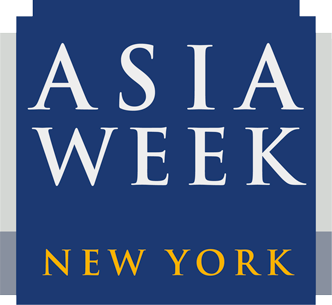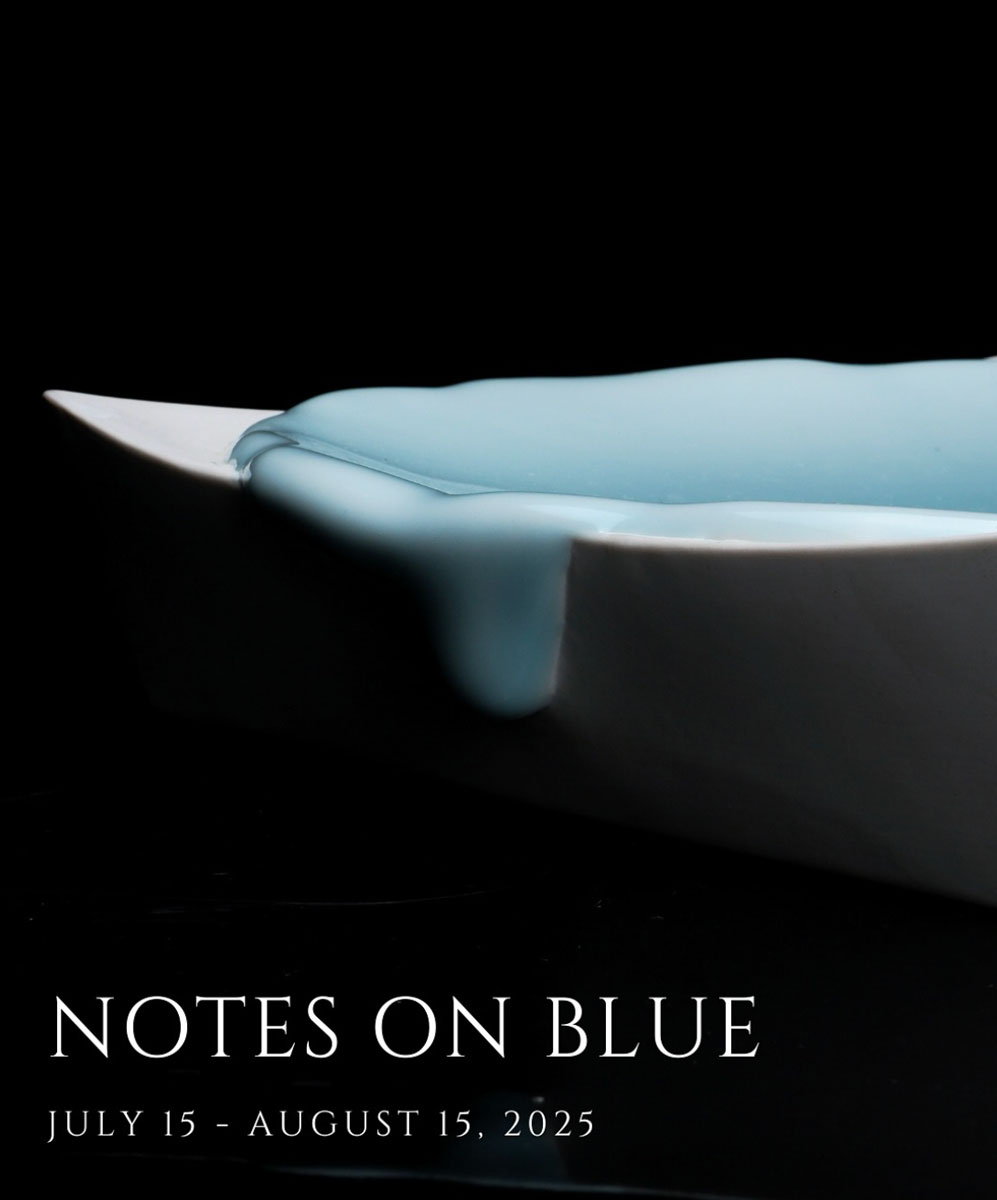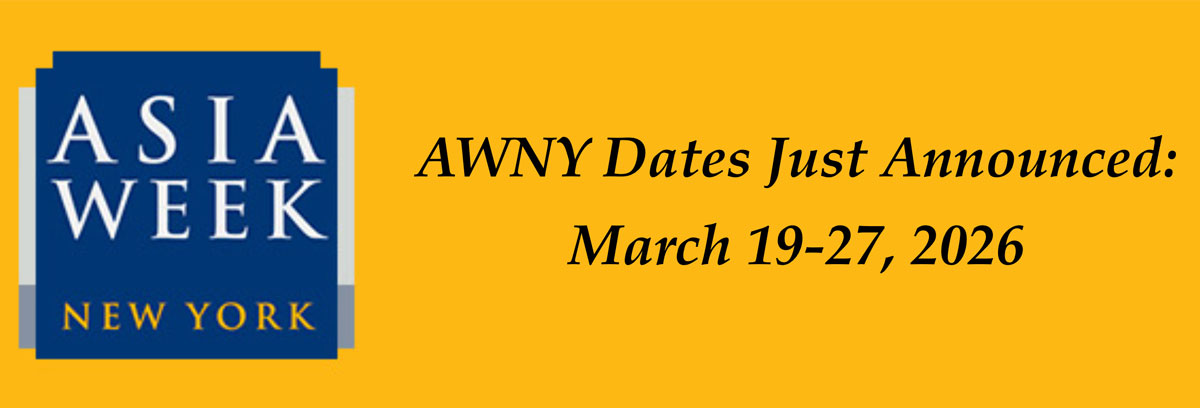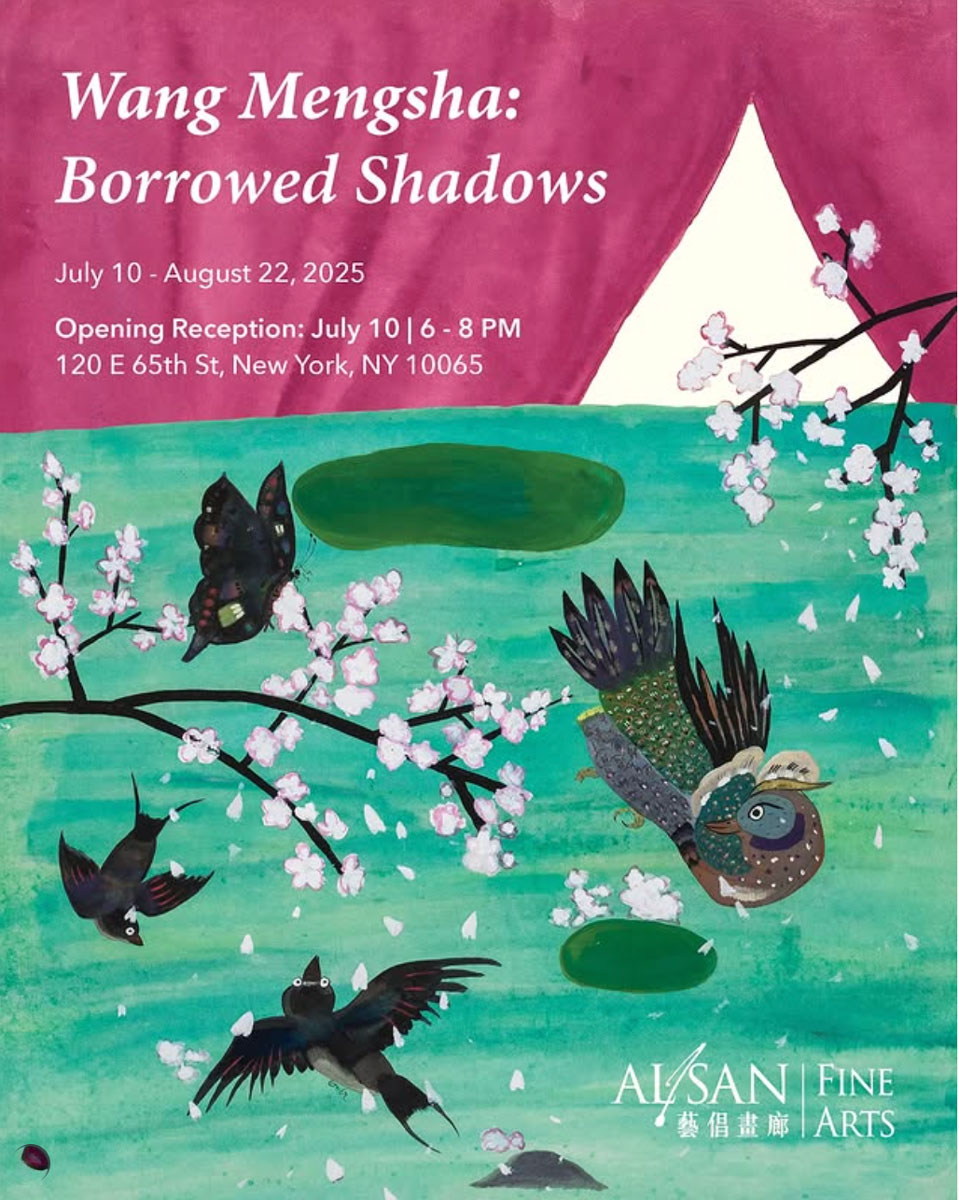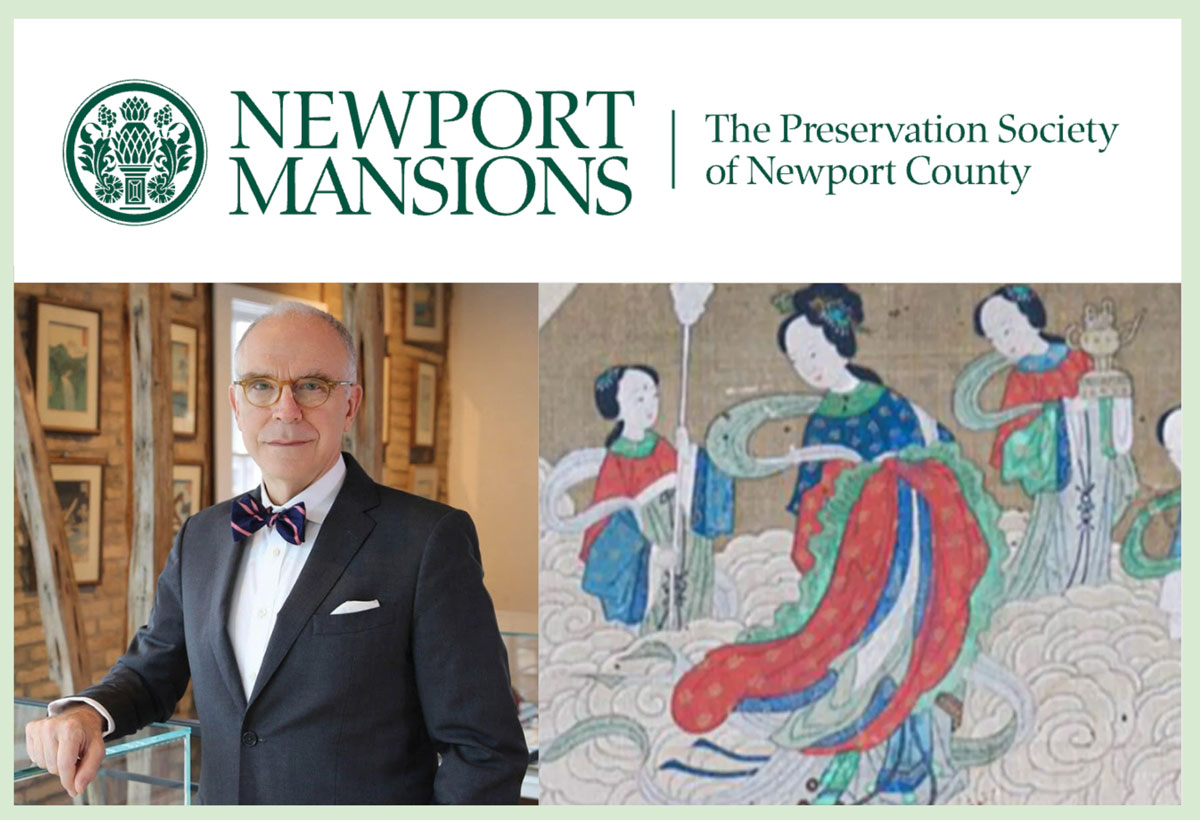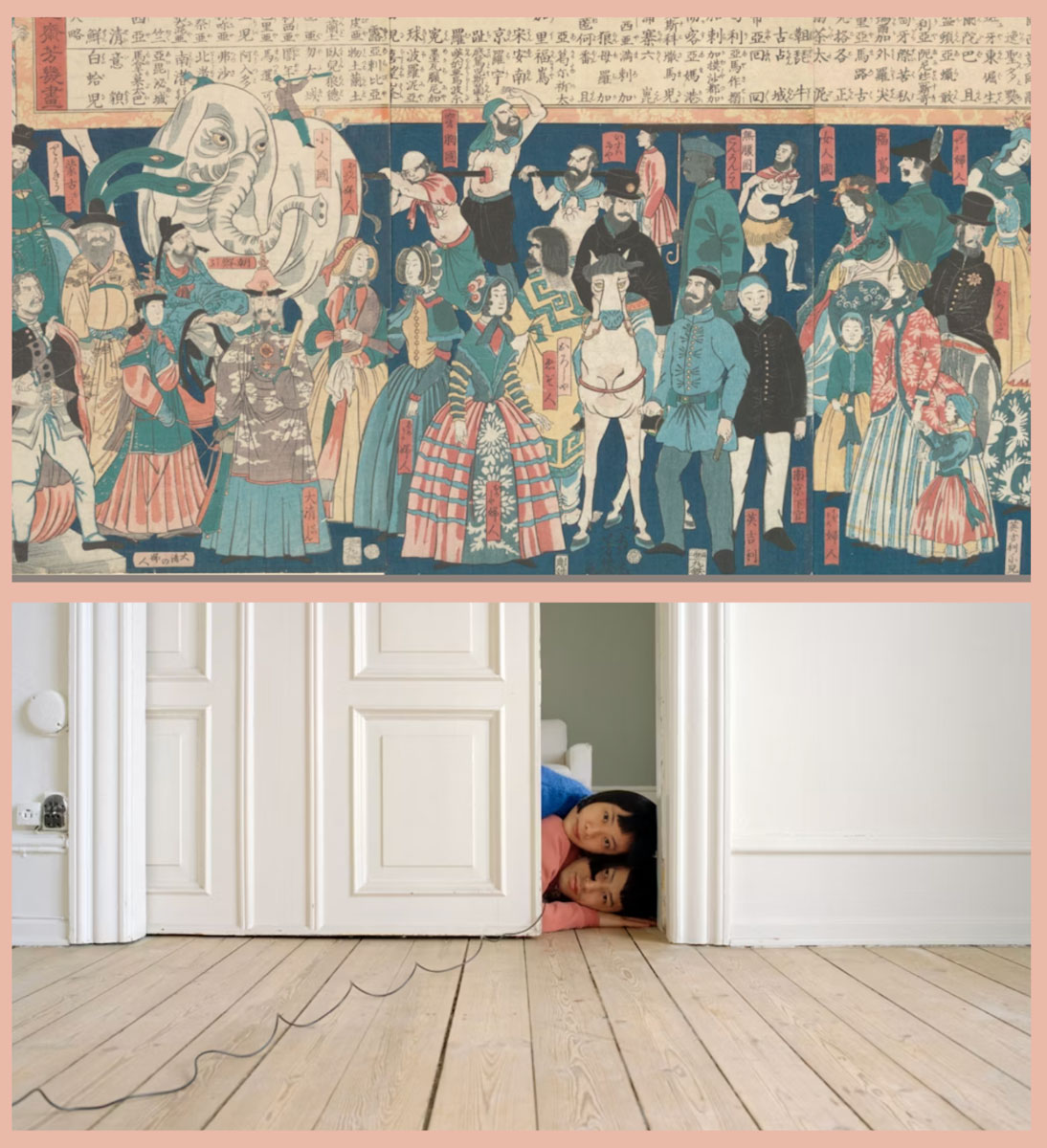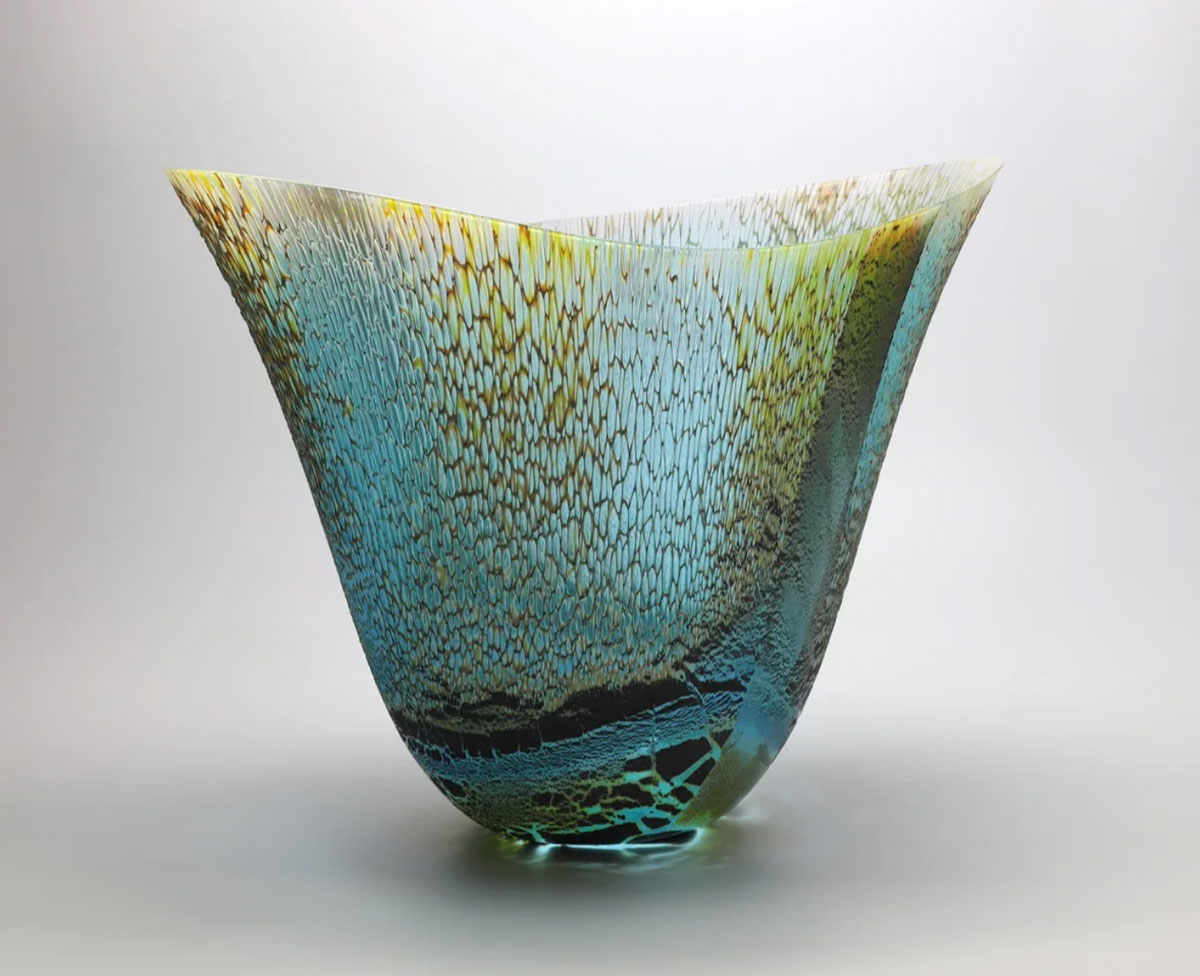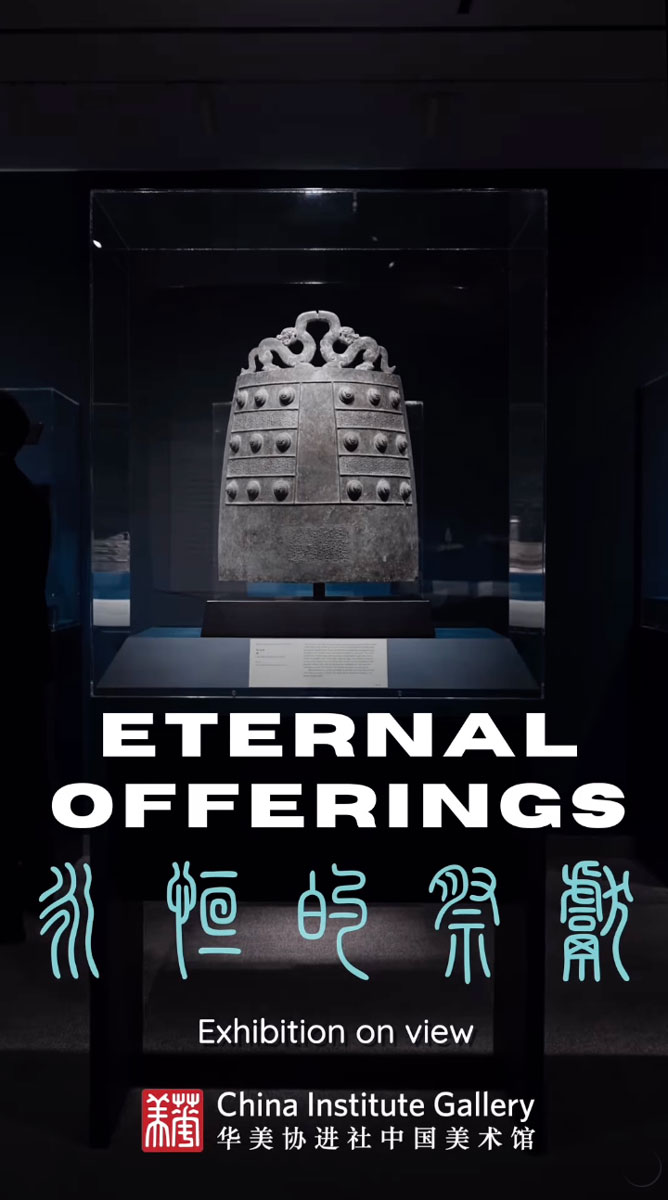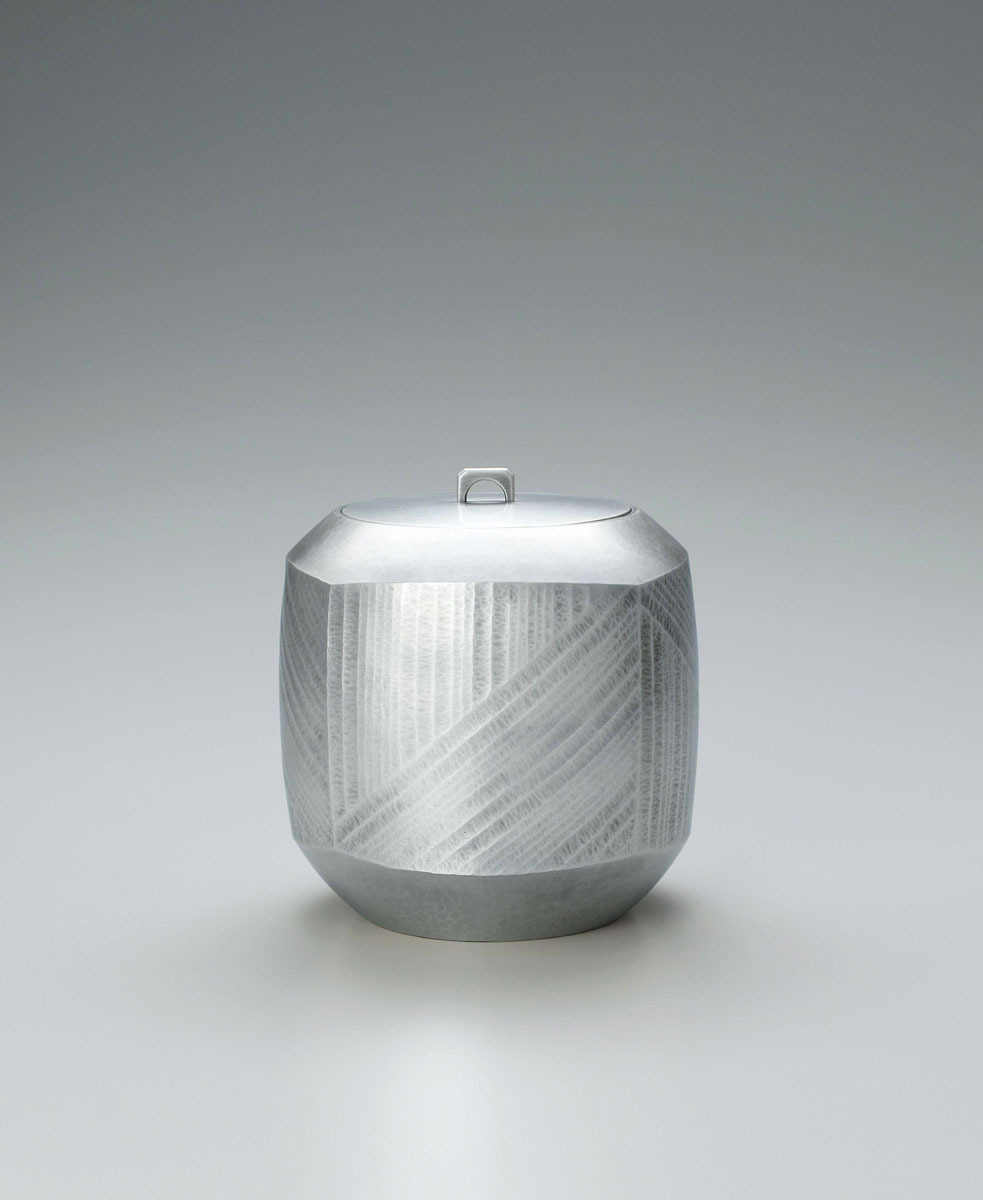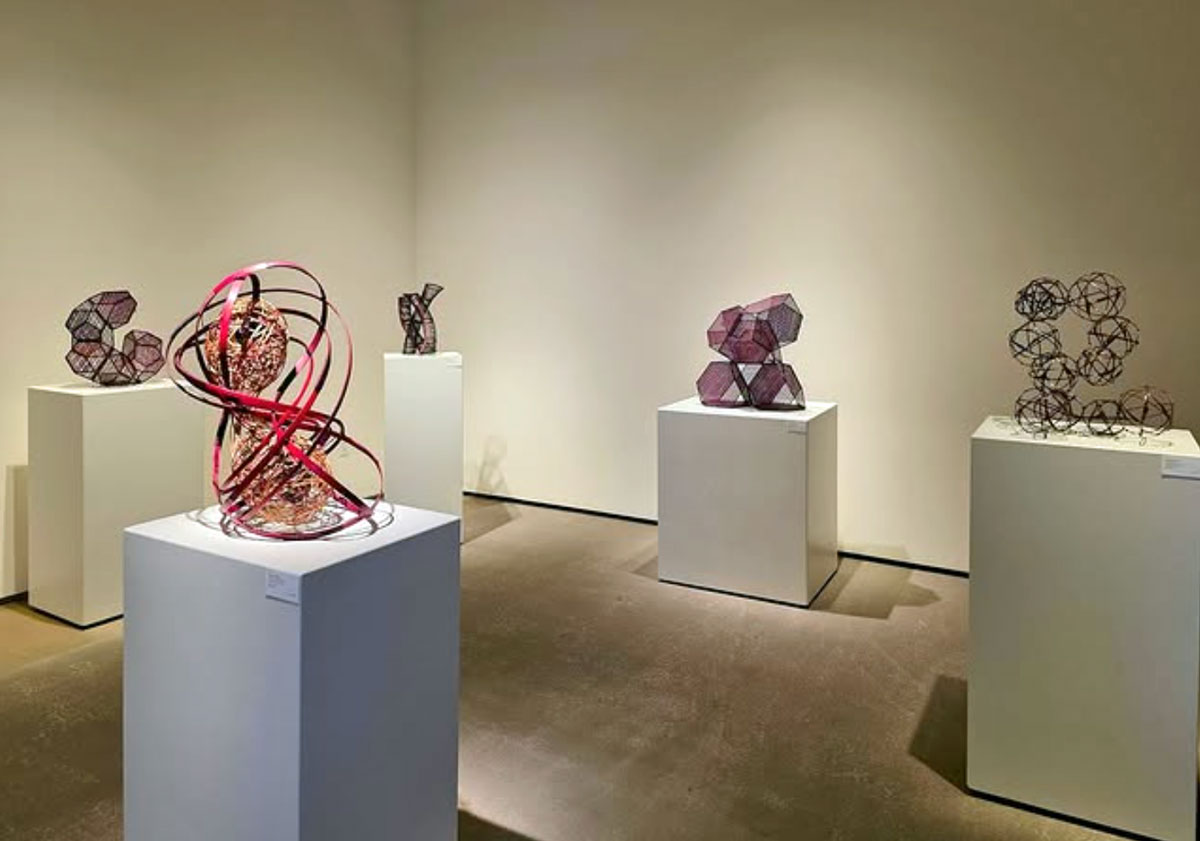
Installation view, Nakamura Tomonori and Watanabe Chiaki
Nakamura Tomonori & Watanabe Chiaki
Closing Saturday, July 19, 2025
1601 Paseo de Peralta, Santa Fe, NM
There’s still time to experience the living traditions and contemporary innovations of the Sado Island sculptural legacy through the striking bamboo works of Nakamura Tomonori and Watanabe Chiaki at TAI Modern—on view through July 19!
Both men attended the SADO School of Bamboo Art on Sado Island in the Niigata Prefecture in Japan in 2010, where they were taught by noted TAI Modern artist, Honma Hideaki. Drawn together by their explorations of transparency and linearity, both Nakamura and Watanabe are proudly carrying on the Sado Island bamboo tradition.
Nakamura Tomonori was a former IT engineer before he chose to pursue an artistic career. Enrolling at the SADO School in 2010, he studied under Honma Hideaki. While he was a student, he showed his work locally and regionally and won seven awards before he had even graduated. After graduating, Nakamura began to show on a national scale and was accepted into the prestigious 45th Nitten (Japan Fine Arts Exhibition).
Ever the engineer, he would often use paper maquettes to plan the composition of a piece before even touching any bamboo. However, he has recently moved toward an improvisational conversation between the artist and material, creating his new series with only a general sense of premeditated scale and movement. Nakamura continues his explorations of geometric balance, taking his forms to new heights in this body of work. He says, “Compared to when I first started bamboo craft, I now focus on enjoying the creation process and feeling that sense of excitement.”
Watanabe Chiaki worked as a social worker for fourteen years before quitting his job and setting out to Sado Island. There, he studied under both Honma Hideaki and Kawano Shoko. Like his teachers, he finds inspiration in the natural world and extrapolates on that with his idiosyncratic lightness and precise angles. Most recently, Watanabe was the recipient of the award for Excellence in Sculpture Prize from The Next Generation Bamboo Art Prizes in 2024. He says, “The various forms of lines that I use as the source of my inspiration include wormholes that connected to various places that may exist in the universe, magnetic lines that represent magnetic fields, spirals, intersecting lines, lines that are made up of a series of spheres or circles, and lines that curl up into a ball.”
Be sure to catch this fascinating exploration of bamboo before it closes this week!
To learn more and view their online catalog, click here.
